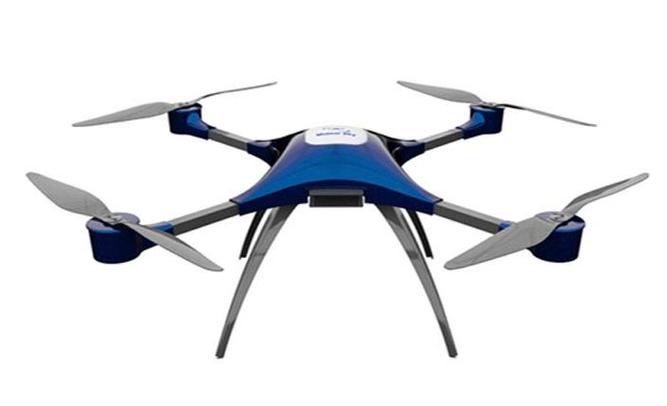The Frame
The frame serves as the skeleton of the drone. It holds all other components together. When choosing a frame for your DIY drone, you must consider the material, size, and weight. Lightweight materials such as carbon fiber are recommended for ensuring flight efficiency and durability.

Motors and Propellers
Motors provide the necessary thrust and lift, allowing the drone to ascend and navigate. Depending on your drone’s size and purpose, brushless motors are ideal for efficiency and power. Propellers, on the other hand, should be matched to the motor’s capacity and chosen to enhance flight stability and performance.
The Flight Controller
A vital component, the flight controller acts as the drone’s brain. It interprets input from the remote control and various sensors to manage the drone’s movements. Choosing a reliable flight controller with GPS and autonomous capabilities can enhance your drone’s functionality.
Electronic Speed Controller (ESC)
The ESC regulates the power to the motors, thus controlling the speed of the drone. It’s crucial to select an ESC compatible with your chosen motors and capable of handling the voltage from the battery.
Batteries
The battery is the main power source for your drone. LiPo batteries are commonly preferred for their high energy density, lightweight nature, and efficiency. Ensuring the battery matches the ESC and motors is essential for optimal performance.
Once you have gathered all these components, assembling them requires precision and careful calibration. Using a detailed guide or instructional videos can aid in correctly wiring and calibrating your drone.
Software and Controls
After physically assembling your drone, it’s crucial to install the appropriate software to manage the flight controls. Programs such as Betaflight or Cleanflight offer comprehensive support for custom-built drones, allowing users to fine-tune flight parameters.
Testing and Safety
Before flying your homemade drone outdoors, ensuring its safety is paramount. Conduct initial tests indoors to monitor how it responds to controls. Additionally, confirm that all components are secured and functioning correctly.
In conclusion, the journey of building your own drone is both rewarding and educational. By tailoring each component to your requirements, you achieve a drone that meets your preferences and embodies your craftsmanship.
FAQs:
How long does it take to build a drone?
The assembly process can vary greatly depending on experience, typically ranging from a few hours to several days.
Can I build a drone without technical knowledge?
While technical knowledge is beneficial, numerous resources and communities are available to help beginners start their drone-building journey.
What is the cost of building a personal drone?
The cost varies depending on the components chosen, but generally, creating a custom drone can be cheaper than purchasing a high-end premade one.
